Flooring is a crucial factor to take into account when purchasing a home or redecorating your kitchen and living room.
But should we match their floor tiles or do not match? If the floors harmonize with the room’s purpose and design, they will be harmonious.
The floors, on the other hand, can grate like nails on a chalkboard if they are a mosaic of hues, materials, and textures. The main concern is whether the floor tiles should vary throughout the house. Yes, is the quick response.
Using the same floor tiles throughout unifies spaces, enhances flow, gives the impression that the house is larger, makes cleaning and maintenance simpler, and is frequently less expensive. Limit the number of floor tiles types you use, if you feel you must, to two or three.
The advantages and disadvantages of having the same floor tiles kitchen and living room of a house, whether floor tiles should differ between floor levels, and whether it’s acceptable to use different floor tiles in different rooms will all be covered in this guide.
In addition, we’ll consider floor tiles options for the kitchen and living room as well as using different tiles types or colors rather than switching materials. Our objective is to arm you with the knowledge that will make choosing floor tiles simpler for you.
Is Having the Same Floor tiles throughout the House Better? If your home requires new floor tiles in any way, that is the first question you need to ask. It might not be cost-effective to replace the floors if the only issue is that they are old or dirty.
If you do decide to install new floor tiles in some areas, how should it coordinate? the same kind all through? or several kinds for every room? This has both benefits and drawbacks. Pros: There are several advantages to using the same floor tiles throughout your kitchen and living room.
It prominently gives the impression of openness and airiness. This continuous area is aesthetically pleasing and seems seamless, adding to the aesthetic cohesiveness. Additionally, cleaning is made simpler because there are fewer different surfaces to clean and you don’t have to switch between a vacuum and a mop as you clean.
The benefit of reducing the likelihood of tripping and falling over the transition between tile types is another advantage. Using the same floor tiles throughout your kitchen and living room also prevents awkwardly mismatched spaces from looking out of place.
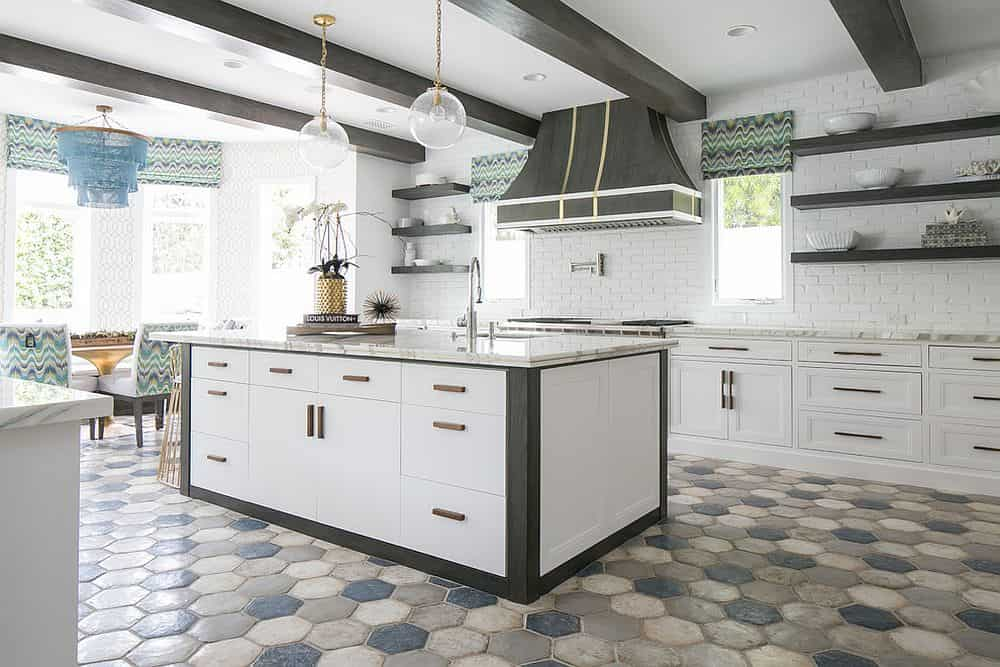
If you have laminate in one room and hardwood in another, the two-floor tiles types will clash because of how different they are from one another.
Your home will feel cozier and more cohesive if all of the rooms have the same type of flooring. It’s crucial to remember, though, that these effects can only be achieved by carefully considering the angle or direction of the flooring’s lines or seams.
The choice of color and tone also significantly affects how it all feels. Cons: The lack of diversity and individuality that comes from using different floor tiles is a significant drawback of using the same floor tiles throughout the kitchen and living room. People who want something that other households don’t have may regard different floor tiles as a benefit.
This variety will not only be visually appealing, but it will also aid in determining the style of furniture that would best complement the particular type of floor tiles in each space.
Using the same floor tiles across the whole home also implies that all the rooms have the same purpose and that all of the tenants have a similar taste in flooring.

However, the truth is that having such a little selection may make it difficult for other family members to utilize it or choose a different sort of floor tiles for their own room. It could be difficult to replace damaged floor tiles material, which might make the repair more costly.
When floor tiles vary throughout rooms, it is simpler to repair, patch, or replace while without busting the budget to keep the floor tiles the same throughout your kitchen and living room.
Should the floor tiles in the upstairs and below be the same? Many homeowners with two or more levels may be concerned about how hard it will be to keep their floors clean. Different types of floor tiles collect dust and debris to varying degrees.
This implies that there will always be a certain sort of floor tiles throughout the home that needs less upkeep than others. The floor tiles in the upstairs and downstairs is often different for many houses.
Whether or whether this should be the case is a personal choice. What, for instance, is more significant to you? having a separate style of floor tiles installed upstairs or having floors that match in every area. Due to usage and purpose, floors may have different flooring.
Different floor tiles may be used in wet areas like bathrooms, low-traffic areas, or bedrooms compared to important rooms or areas with high traffic.
Since hallways see a lot of traffic and are frequently used to connect the upstairs and downstairs, they frequently have the same flooring.
Although the floor tiles in the living room or bedroom on the upper floor may be uniform, they frequently have carpet or area rugs to keep bare feet warm.
Bedrooms typically have less traffic and fewer people wear outdoor shoes, so the floor tiles tend to stay cleaner as well. If aesthetics is your top concern, think about choosing a floor that will look good in all of the rooms.
The same floor tiles throughout the entire house might not be for you if cleanliness is your top concern.
Certain types of floor tiles tend to accumulate dirt more quickly than others unless they are kept spotless at all times. If different kinds of floor materials are dispersed throughout the living room and kitchen, this could result in an increase in cleaning time.

Having the same type of floor tiles throughout the house might not be a good idea if a person has an allergy or another medical condition that makes them sensitive to certain types of flooring.
Is it acceptable to install different floor tiles in various rooms? Your choice of floor tiles for various rooms will depend on a variety of factors, including cost, ease of maintenance, cleaning, allergies, and other concerns.
Wood, vinyl, or tile are the floor tiles materials most frequently used in residential construction.
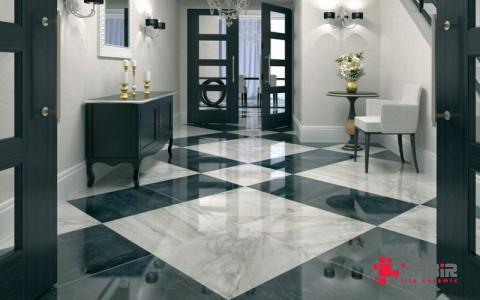
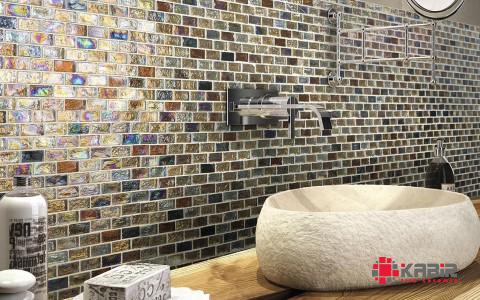


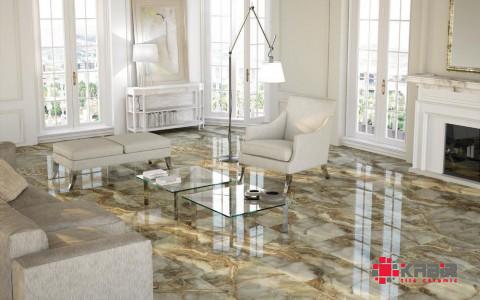
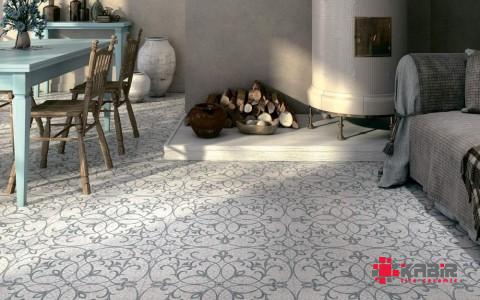

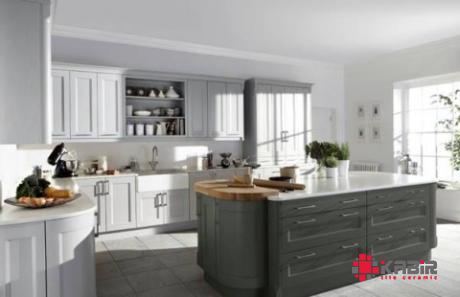
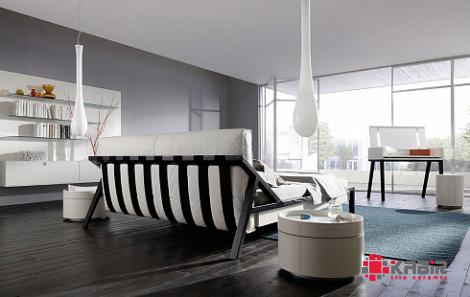
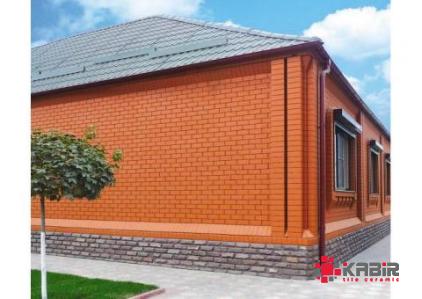
Your comment submitted.